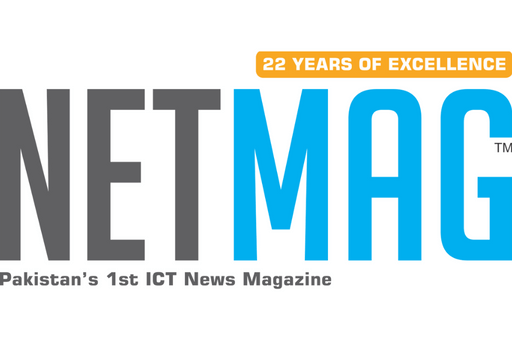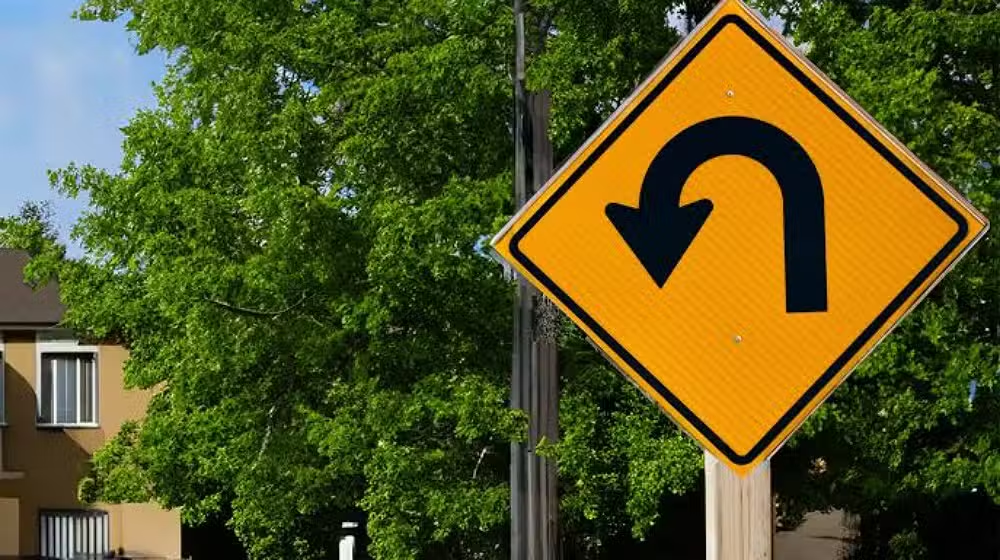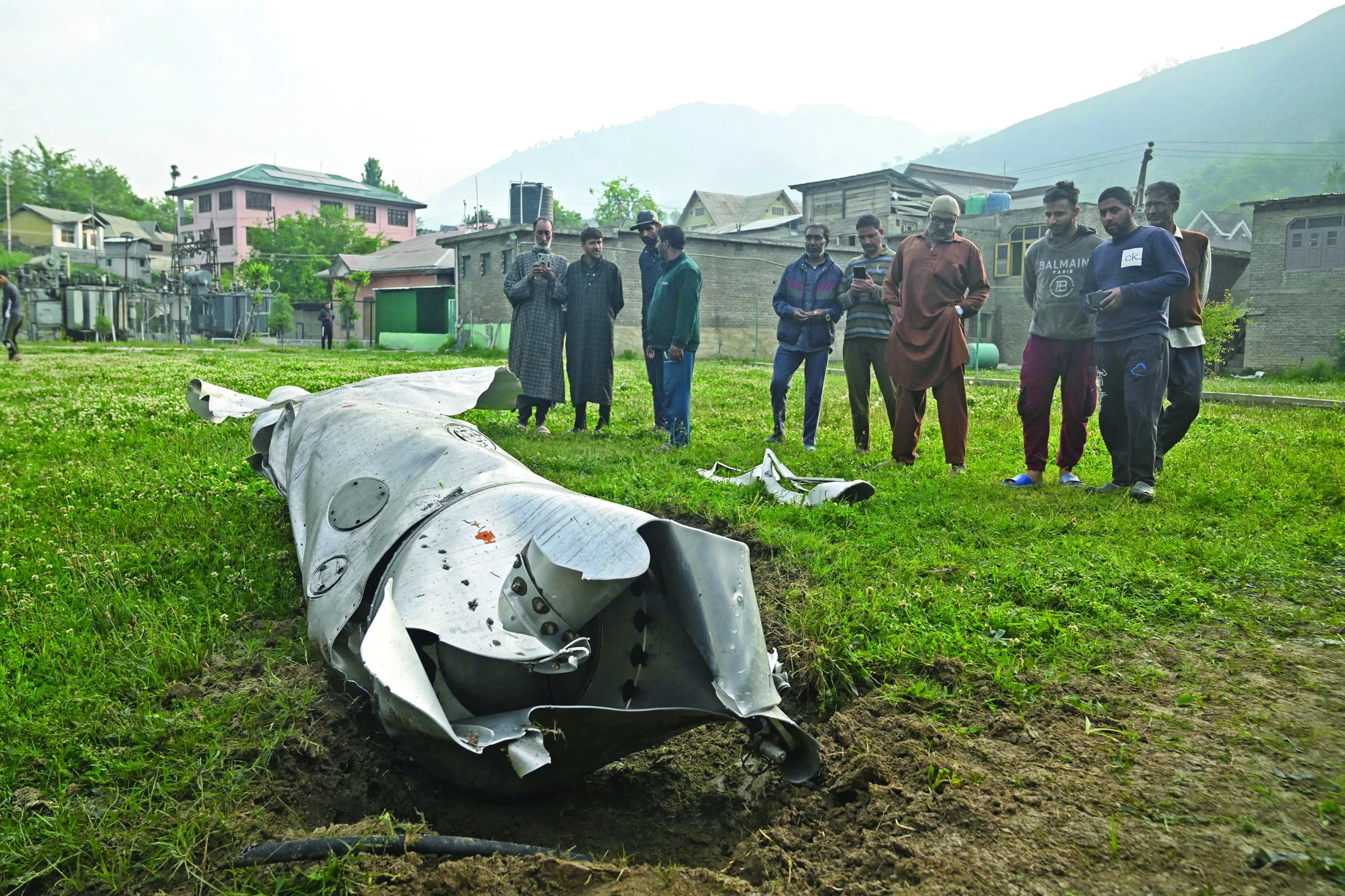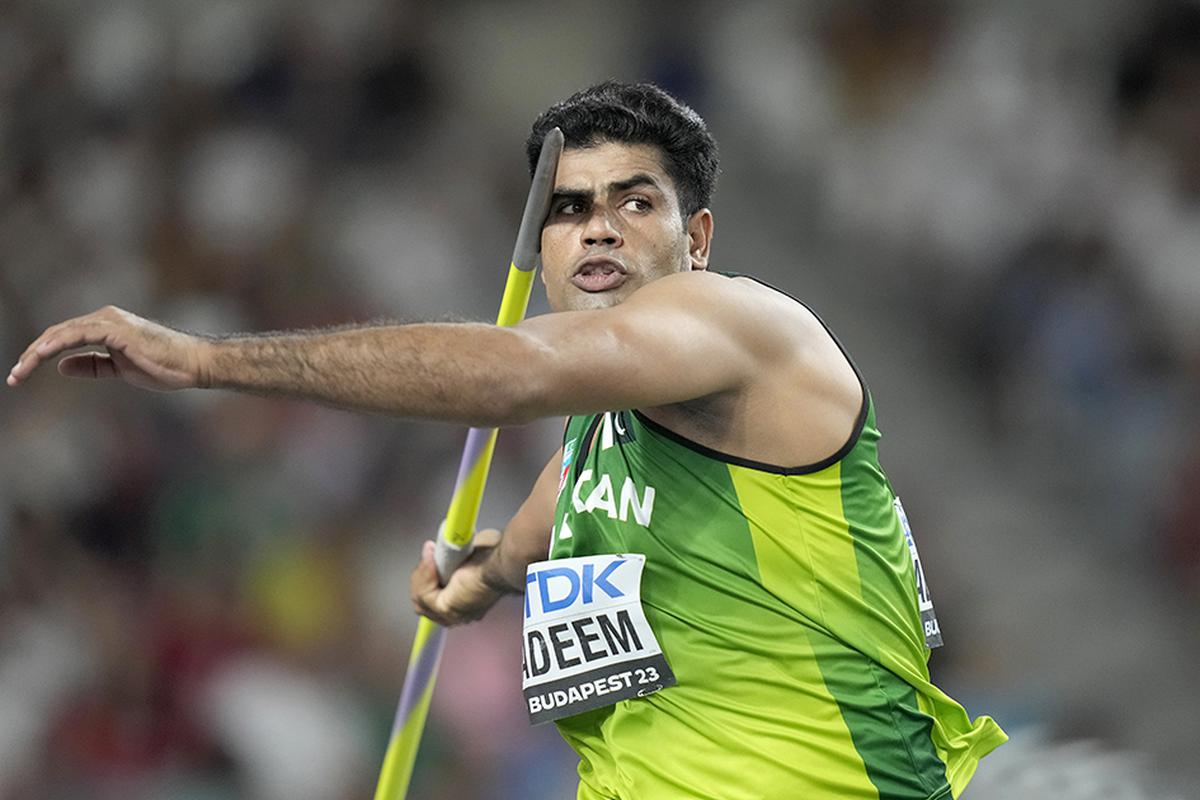After more than a decade of road restrictions, Islamabad residents are finally experiencing smoother commutes as over 95% of previously blocked U-turns and intersections have been reopened. This major shift in traffic policy, spearheaded by Deputy Commissioner Irfan Memon and the local administration, has been met with widespread approval from citizens who had long endured extended travel times and increased fuel costs due to detours.
“These reopenings are permanent and the result of collaborative efforts from all stakeholders,” confirmed DC Memon, underscoring the administration’s commitment to improving mobility in the capital.
The closures, initially enforced in 2011 for security and traffic management purposes, had led to over 70 road crossings being barricaded. However, officials now acknowledge that a key reason behind the decision was a shortage of traffic management personnel rather than security threats.
While the majority of citizens have applauded the decision, some concerns have emerged regarding possible traffic congestion at newly reopened intersections—especially those lacking traffic signals. A senior police officer emphasized that the traffic police will require additional staff to manage the updated road network efficiently.
READ MORE:
Pakistan’s Bitcoin Mining Push Criticized Amid Regulatory Vacuum and Economic Risks
Urban planning experts and civic activists have also pointed out the negative impacts the closures had on pedestrian safety. With crossings removed and zebra lines faded, many areas had become unfriendly to pedestrians, especially schoolchildren. Critics argue that the so-called “signal-free” design of Islamabad compromised both pedestrian rights and overall road safety.
Officials from the Capital Development Authority (CDA) agreed that past closures led to reckless driving habits and a disregard for road discipline. With the restoration of key intersections, hopes are high for a more balanced and inclusive urban traffic system.




